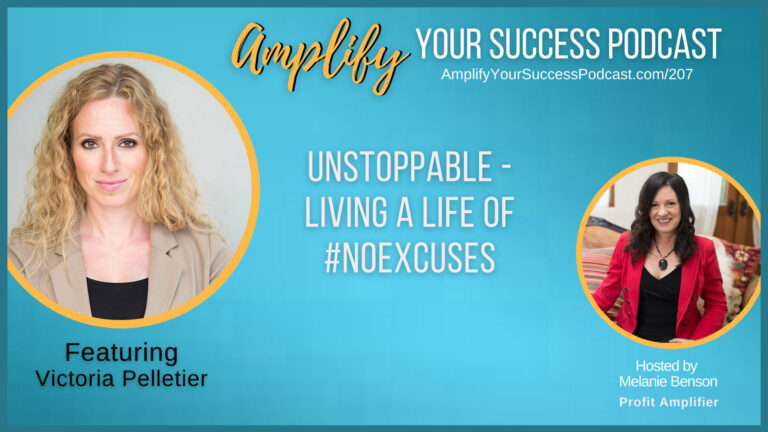
Former Starbucks CEO Howard Schultz was well regarded for his long work hours and his easy rapport with Starbucks employees. Known to frequent many of the local stores he ran, Schultz was at home running an espresso machine, chatting with customers, and roasting the famous beans that put the Seattle-based chain on the international map. Schultz’s willingness to get his hands dirty inspired his employees to work a little harder every time they donned the green aprons and visors. That said, Schultz’s greatest strength as the two-time CEO of Starbucks was his ability to think strategically. During the infancy of Starbucks, Schultz convinced the owners of the business to retool their stores in the model of the espresso-fueled meeting houses of Europe. With espresso on the menu and space in each unit for people to visit, Starbucks was positioned for massive growth and massive profits. In fact, years after Howard Schultz stepped away from the CEO position at Starbucks, he was asked to return and rework his strategic magic for a company in need of a new direction.
Some leaders like to have “skin in the game.” The approachable leader inspires her team every time she’s willing to grab a mop handle, scrub a table, or troubleshoot a copier problem. Who doesn’t appreciate the leadership of a person who isn’t afraid of a little grunt work or association with the hourly workers on the team? We all want “one of us” in the boardroom. That said, leadership is a bigger nut than sweat equity and good relationships. If you really want to lead in a meaningful way, you must do so from a strategic posture. Said another way, good leadership is different than good management. Many hard-working, well-meaning, and approachable leaders have run their businesses into the rocks because their vision never reached beyond the day-to-day management and short term objectives of the business.
Strong leaders do more than manage teams and business practices, they make bold decisions. When you lead from a strategic posture, you are envisioning what the business could and should look like 3, 5, and 10+ years downstream. Strategic leaders recognize that their decisions nourish the long-term health of the business, and not necessarily the immediate concerns of daily operations. For example, Schultz realized that Starbucks needed to revamp its menu and drastically change its store design if it ever wanted to grow beyond the Seattle- area. A strategic vision for growth required short-term upheaval in the company’s original stores and patience from the earliest employees. 28,000 stores later, Starbucks is the largest coffee retailer on the planet. Without a strategic leader at the helm of the company, Starbucks would still be a regional coffee brand.
Schultz stepped away from Starbucks for a second time in 2017. While he no longer roasts beans and brews espresso for the business, Schultz’s leadership legacy can be seen on 6 of 7 continents. The little decisions that demonstrate your work ethic and care for employees will always show that you are trustworthy and authentic. However, your ability to make courageous decisions will determine whether you are leading as well as managing. A strategic posture is a must for those who aspire to lead. When your vision sees beyond the immediate needs of the business, you are in position to plot a course that has the best interest of the business, and those who work on behalf of the business, in mind. I choose to lead.



